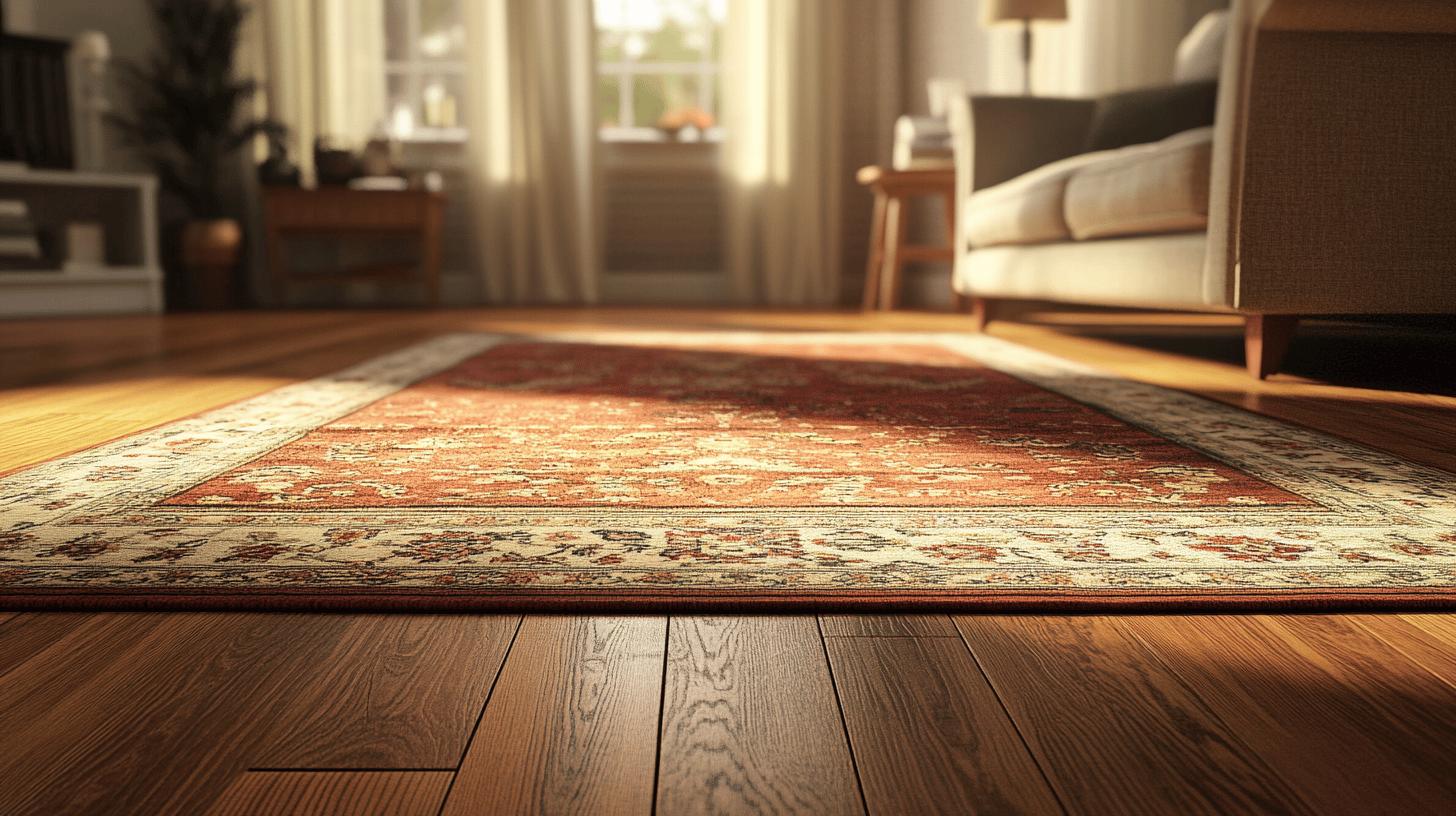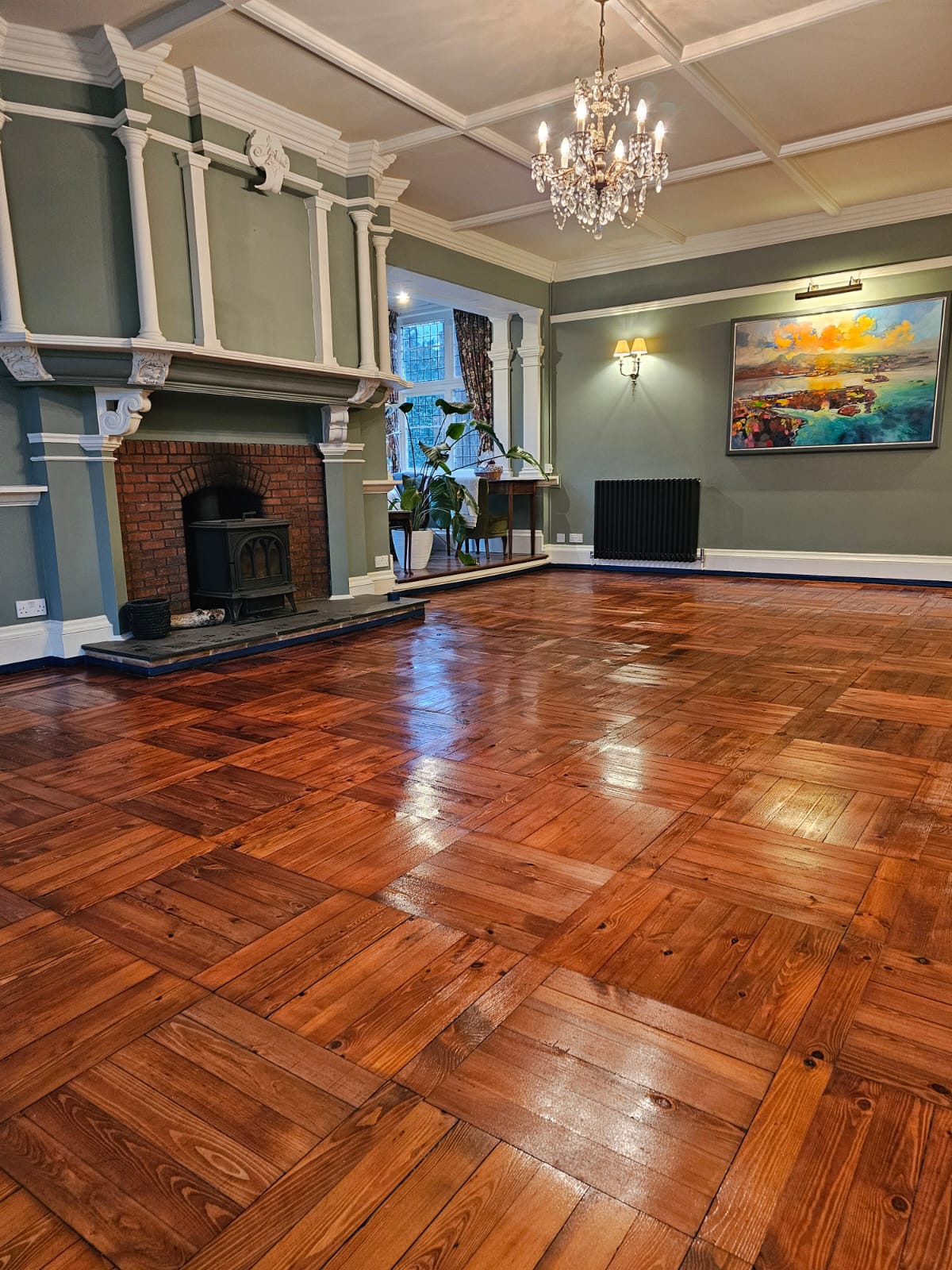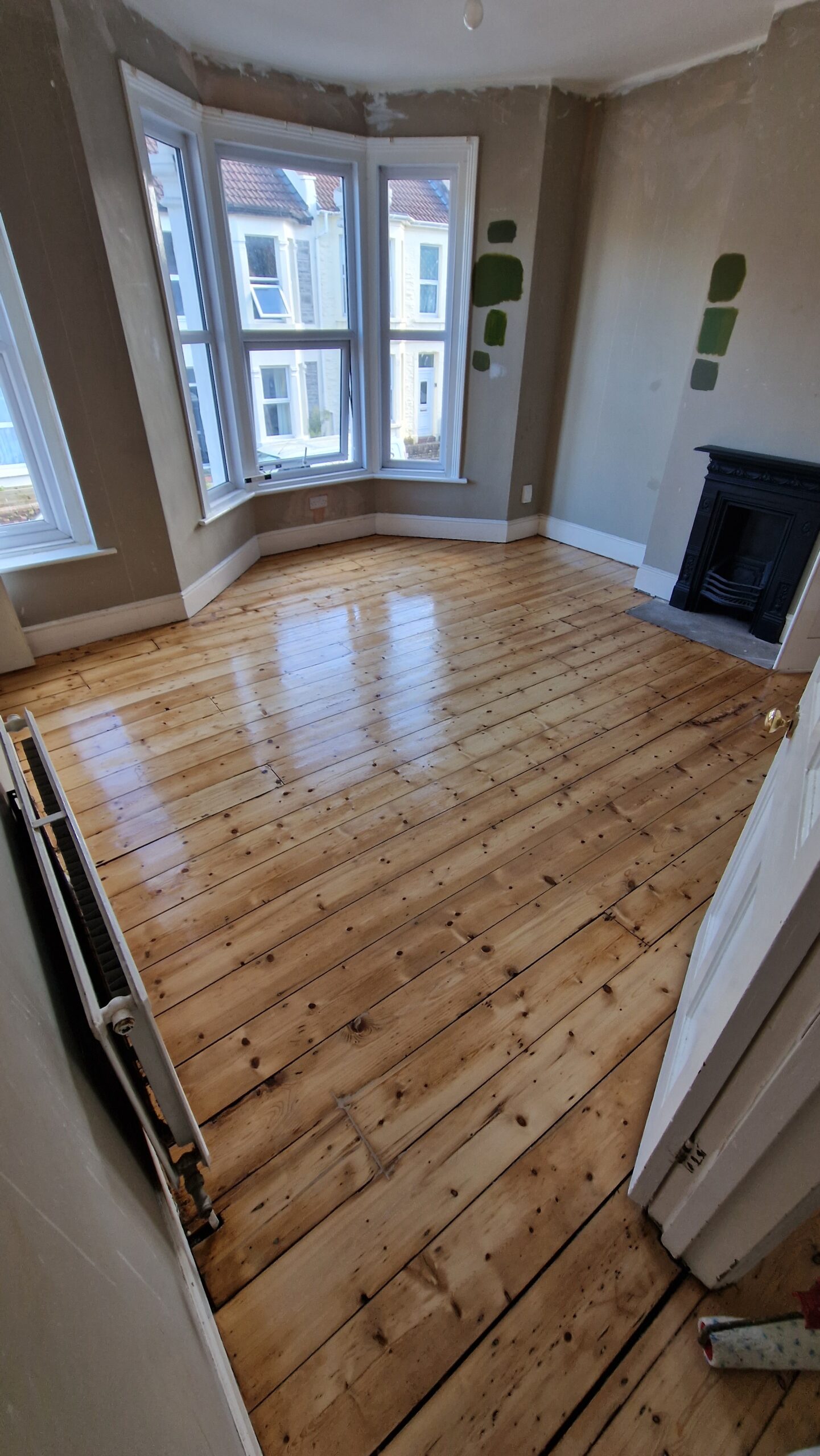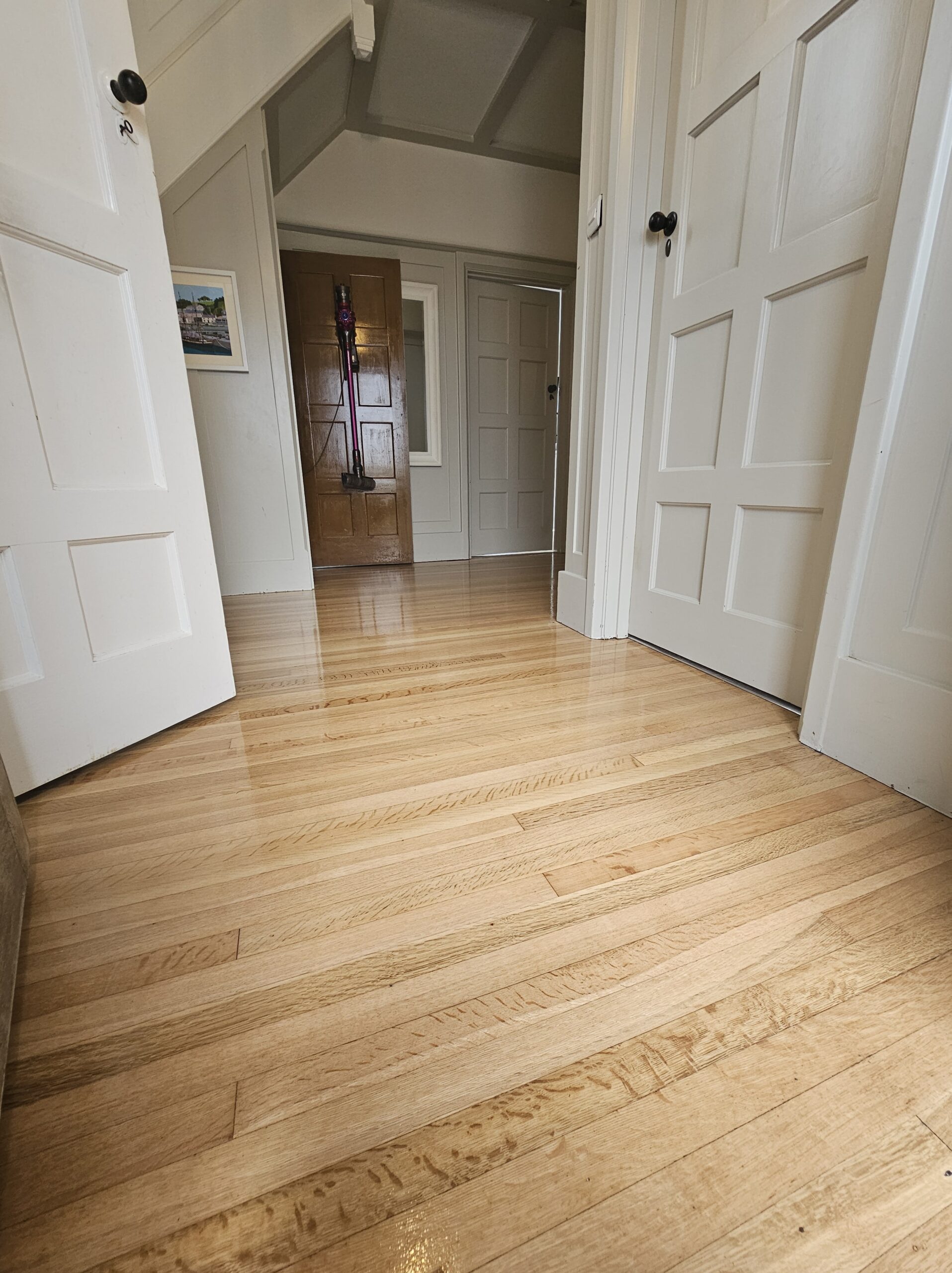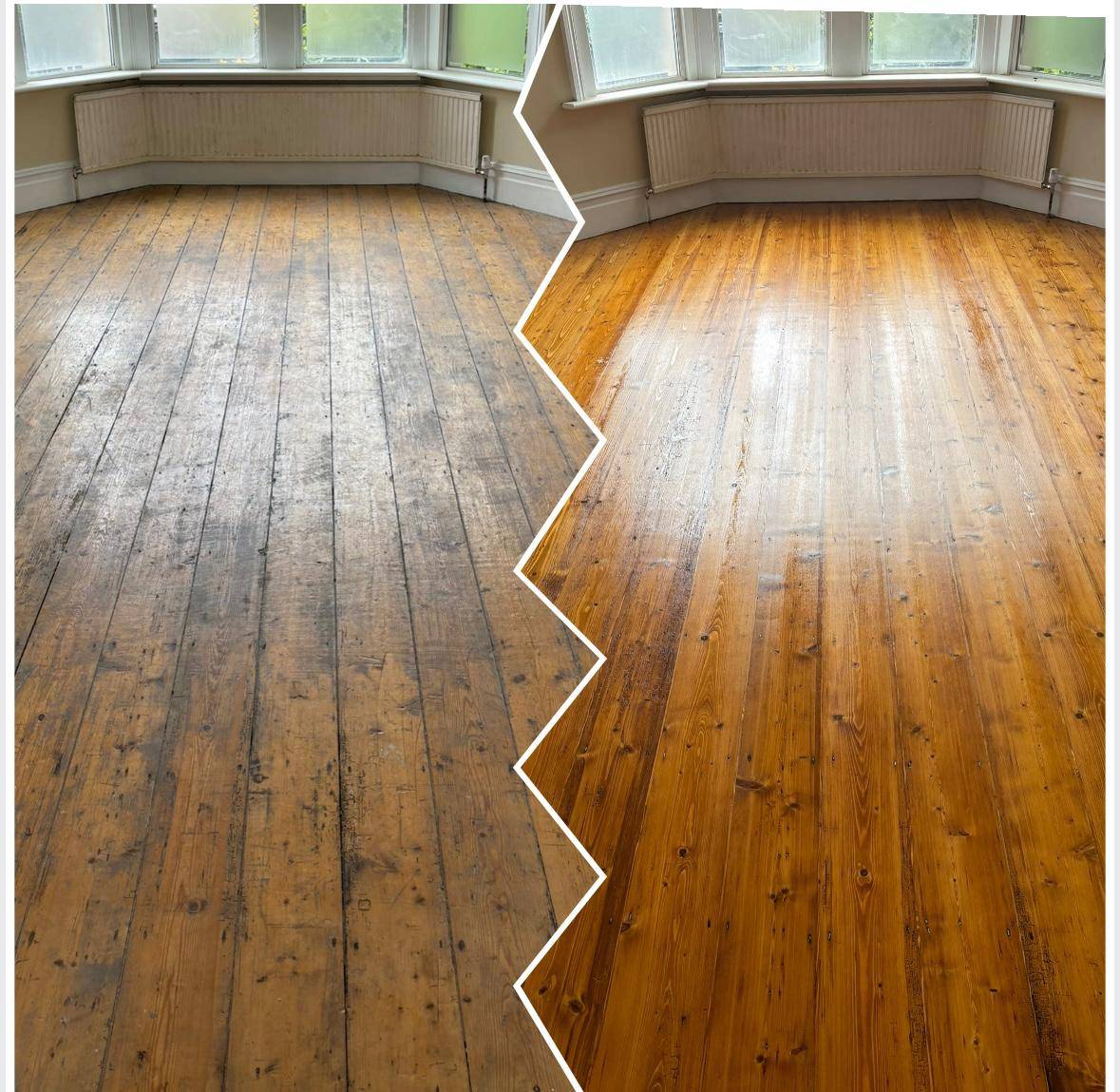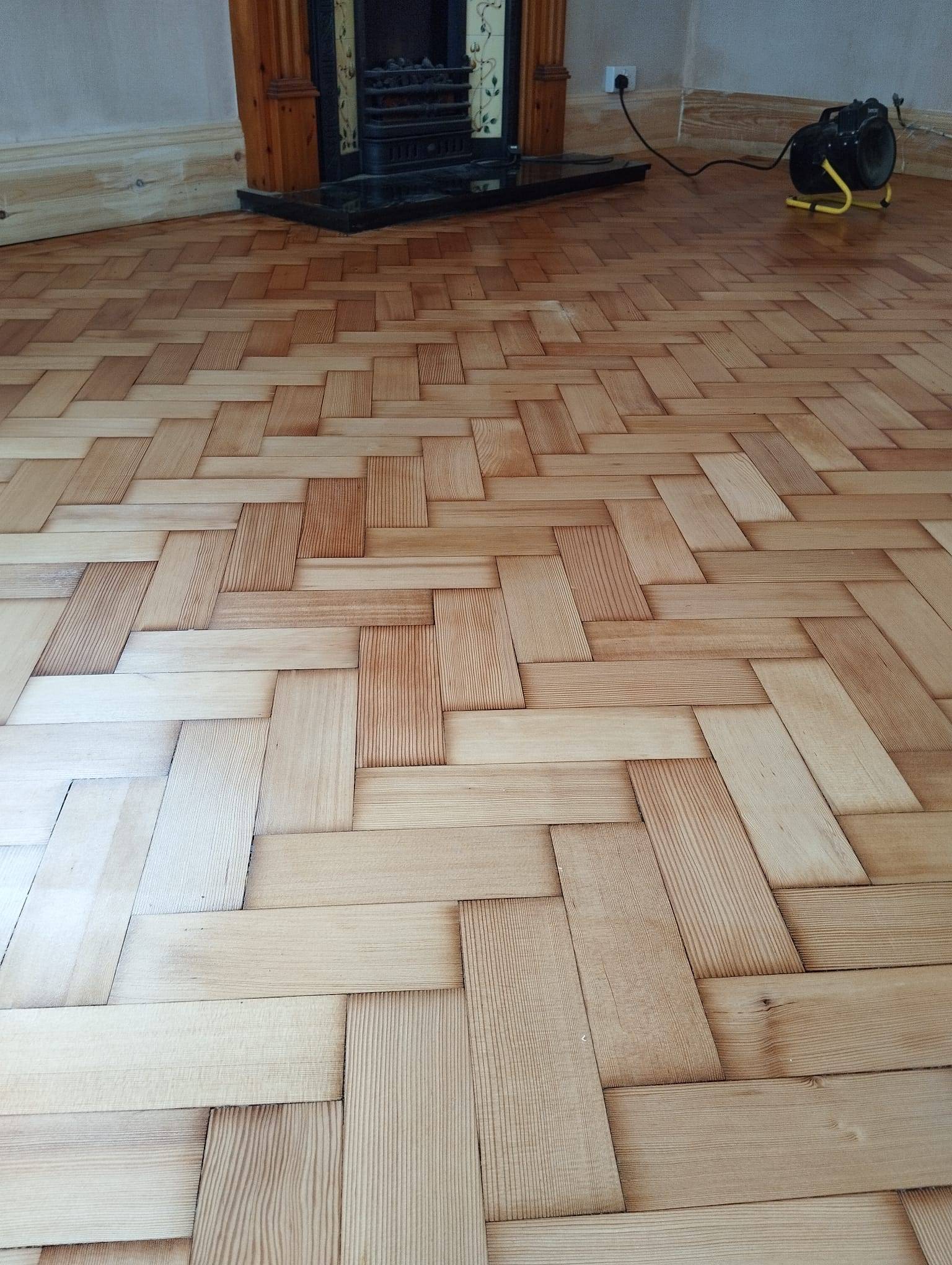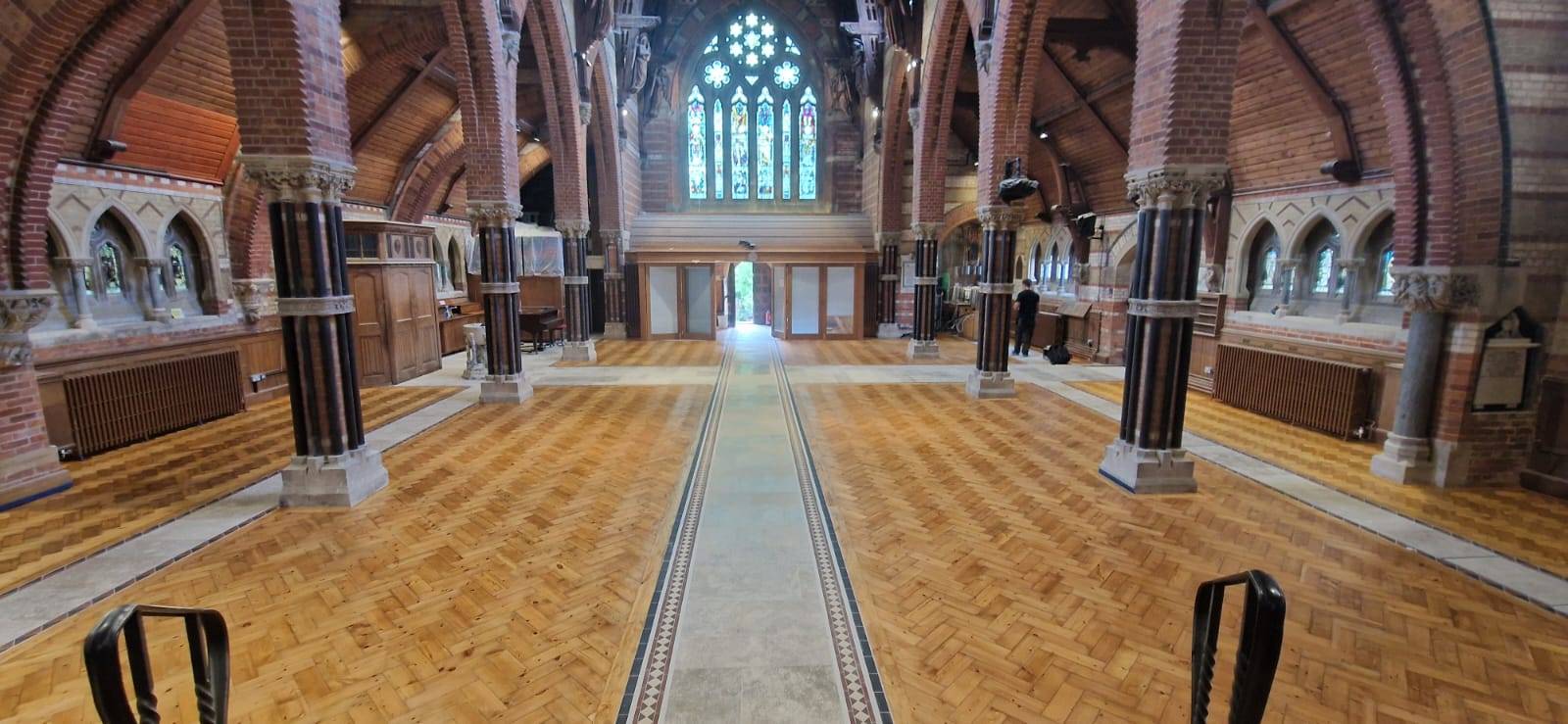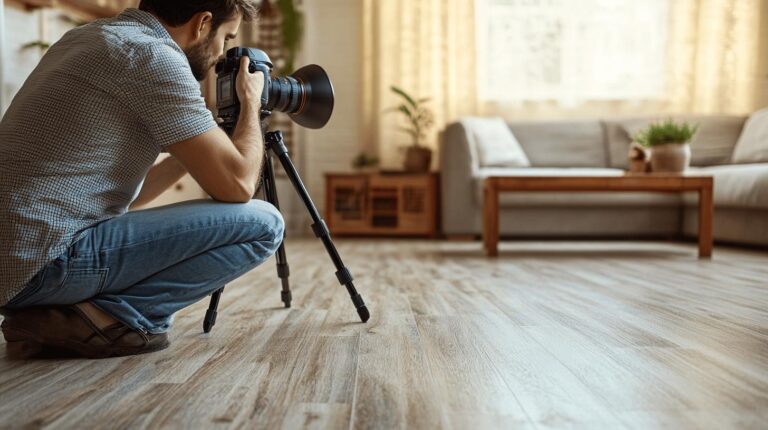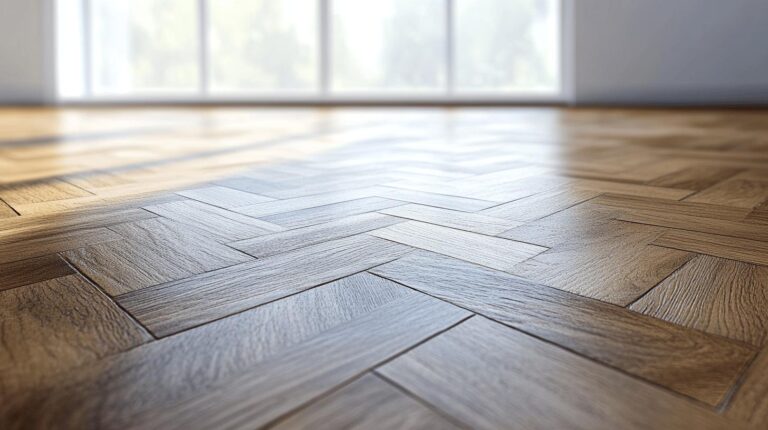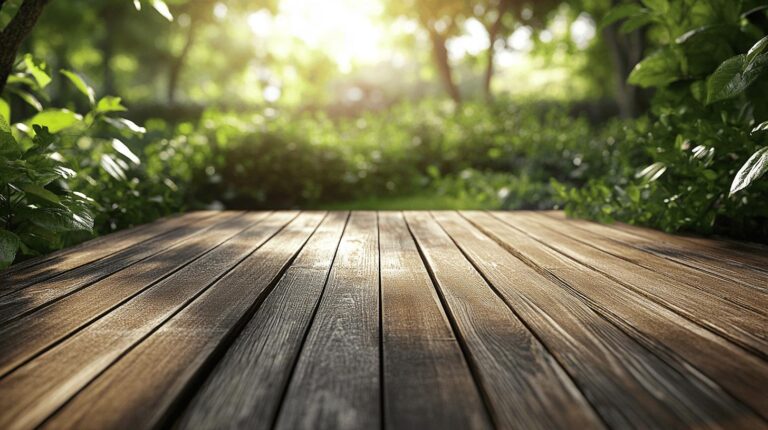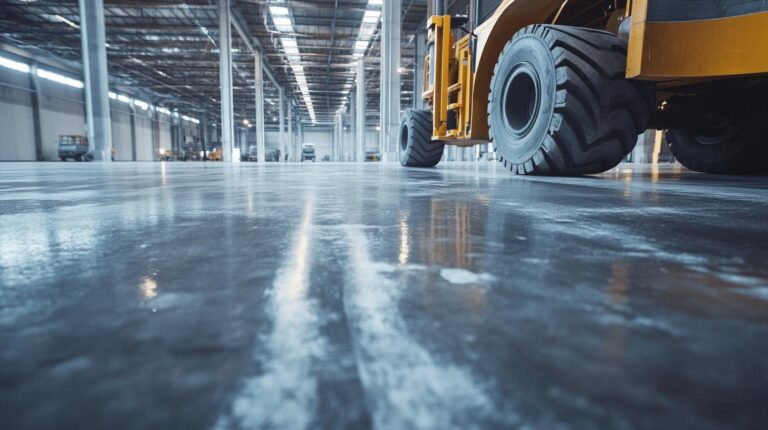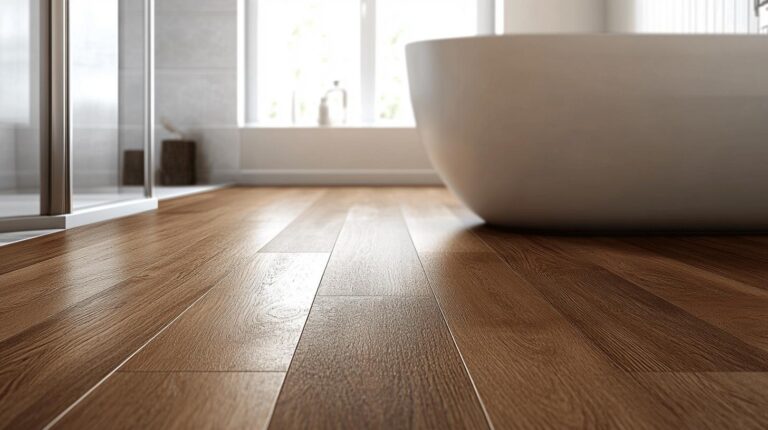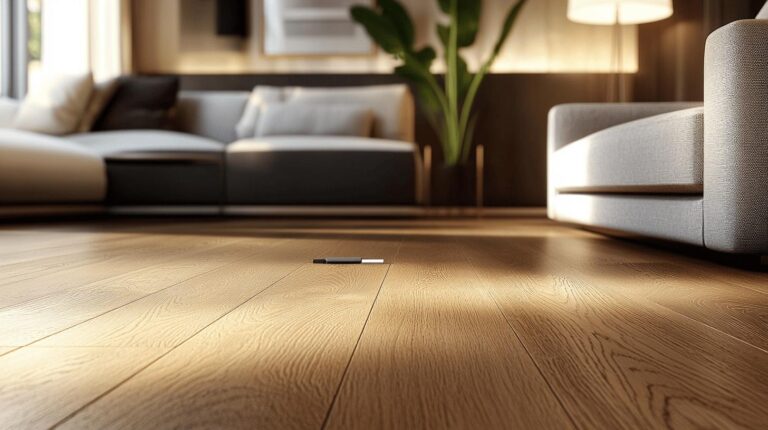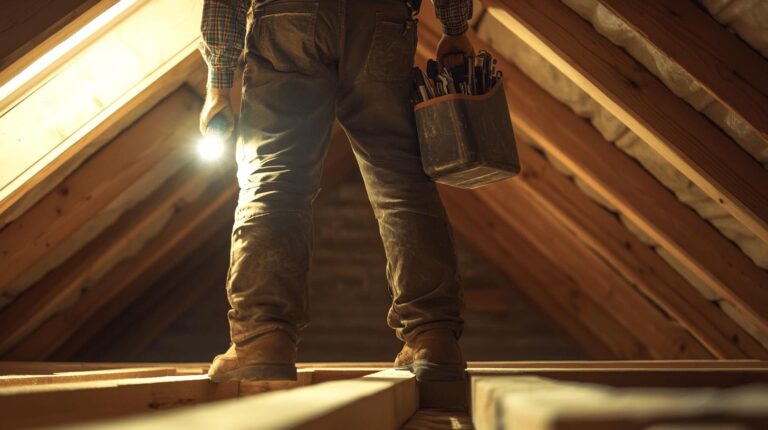Is your investment in luxurious wood floors at risk of premature wear? The secret to preserving their timeless elegance lies in a consistent maintenance routine. By diligently caring for your restored wood floors, you enhance their exquisite aesthetic appeal and safeguard your financial investment by significantly extending their lifespan. This blog delves into essential maintenance strategies to ensure long-term beauty and durability. Discover how regular upkeep can transform your floors from potential wear zones into enduring craftsmanship and style masterpieces, protecting your floors and your home’s overall value.
The Importance of Regular Maintenance for Restored Wood Floors
Regular maintenance of restored wood floors not only enhances the aesthetic appeal of a home but also safeguards the financial investment made in these surfaces. By maintaining the natural beauty and shine of wooden floors, homeowners can ensure that the interior design of their space remains inviting and elegant. Moreover, regular care helps to extend the lifespan of the flooring, thereby avoiding costly repairs or replacements in the future. Ultimately, a well-maintained wood floor contributes to a property’s overall value and allure.
- Prolongs the floor’s lifespan
- Prevents scratches and surface damage
- Maintains aesthetic appeal and shine
- Reduces the need for frequent repairs
- Enhances overall property value
Neglecting the maintenance of restored wood floors can lead to significant long-term costs. Without regular cleaning and care, floors are more susceptible to scratches, fading, and other types of damage that can necessitate expensive restoration efforts. Over time, accumulated dirt and debris can wear down the protective finish, leading to further deterioration of the wood underneath. This degradation not only diminishes the visual appeal but can also result in structural issues that may require complete floor replacement. Investing time and effort into regular maintenance is a cost-effective strategy to avoid these potential expenses and preserve the beauty and functionality of wood floors.
Effective Cleaning Techniques for Restored Wood Floors
Maintaining the beauty and longevity of restored wood floors begins with gentle cleaning products. Why are gentle products crucial? They protect the natural sheen and texture of the wood, ensuring its aesthetic appeal remains intact over time. Harsh chemicals can strip away protective finishes and damage the wood surface, making it more prone to scratches and discolouration. Gentle cleaners, specifically formulated for wood floors, preserve the finish while removing dirt and grime.
Using the right tools is equally essential for cleaning wood floors. Specialized wood floor mops enhance cleaning efficiency and prevent damage. Why use specialized mops? They often have interchangeable heads or built-in cartridges for cleaning solutions, which ensure even distribution without excess moisture. This prevents water damage and helps maintain the floor’s pristine condition. The right tools, combined with gentle cleaners, provide a comprehensive approach to floor maintenance.
Cleaning Oiled Wooden Floors
For oiled wooden floors, using a pH-balanced wood floor cleaner is essential. These cleaners are designed to maintain the oil finish without compromising its protective qualities. Avoid harsh household products, as they can degrade the oil finish, leading to dullness and increased susceptibility to stains. A pH-balanced cleaner will lift dirt gently while preserving the natural oil, keeping the floor looking vibrant and well-maintained.
Cleaning Varnished Wooden Floors
Varnished wooden floors require cleaners that efficiently remove scuff marks and dirt without damaging the varnish. Opt for products that are specifically formulated for varnished surfaces to ensure the integrity of the finish. These cleaners work to eliminate marks and dirt while maintaining the glossy appearance of the varnish. Regularly using appropriate cleaning solutions will prolong the life of the varnish and keep the floor looking polished.
Selecting the correct cleaning tools is a cornerstone of effective floor maintenance. With specialized mops, cleaning becomes a task that preserves both the floor’s appearance and structural integrity. Using gentle products and appropriate tools ensures that restored wood floors remain beautiful and in excellent condition for years.
Preventive Care Strategies to Preserve Floor Beauty

Preventive care is vital for maintaining the longevity and beauty of restored wood floors. Why is preventive care so critical? It serves as a proactive approach to protect the floors from potential damage caused by everyday activities. By adopting these strategies, homeowners can significantly reduce the risk of scratches, dents, and other forms of wear and tear that can diminish the floor’s appearance over time. Regular maintenance and preventive measures not only uphold the aesthetic appeal but also extend the functional lifespan of the flooring, ensuring that it remains a valuable asset to the property.
| Strategy | Benefit |
|---|---|
| Use protective mats | Prevents scratches from furniture |
| Regular dusting | Reduces debris that can scratch floors |
| Furniture pad usage | Minimizes indentations from heavy furniture |
| Manage foot traffic | Reduces wear in high-traffic areas |
| Control indoor humidity | Prevents warping and cupping |
These preventive strategies are designed to shield wood floors from familiar sources of damage. For instance, protective mats and furniture pads act as barriers, preventing direct contact between furniture and the floor, which can lead to scratches and dents. Regular dusting eliminates abrasive particles that can scratch the surface finish. Managing foot traffic and controlling indoor humidity is essential in preventing premature wear and structural issues like warping and cupping. By implementing these strategies, homeowners can maintain their floors pristinely, preserving their beauty and structural integrity over the long term.
Recommended Products for Long-Term Wood Floor Care
Using high-quality products is essential for the longevity of restored wood floors. Why are quality products crucial? They provide the necessary protection and nourishment to the wood, ensuring its durability and aesthetic appeal. High-quality finishes preserve the floor’s natural beauty while enhancing its resistance to scratches, stains, and wear. These products, often favoured by professionals and DIY enthusiasts alike, are formulated to maintain the integrity of the wood surface without causing damage.
- Rubio Monocoat Oil Plus 2C
- Rubio Monocoat All Natural Wood Cleaner
- Bona Freshen Up for varnished floors
- Ryan’s Restoration recommended products
Eco-friendly cleaning products are gaining popularity for their effectiveness and minimal environmental impact. Why choose eco-friendly options? They are designed to be biodegradable and free from harsh chemicals, making them safer for both the floors and the environment. Products like Rubio Monocoat’s offerings are efficient in maintaining wood floors and align with eco-conscious practices. By incorporating these sustainable products into regular maintenance routines, homeowners can ensure that their wood floors remain beautiful and protected while contributing to a healthier planet.
Creating a Maintenance Schedule for Your Wood Floors
A structured maintenance schedule is crucial for preserving the longevity and beauty of restored wood floors. Why is a schedule beneficial? It ensures that routine floor upkeep is consistently performed, preventing minor issues from escalating into major problems. Regularly scheduled maintenance tasks, such as cleaning and inspections, help maintain the floor’s aesthetic appeal and structural integrity. This proactive approach reduces the likelihood of costly repairs or replacements by addressing potential issues before they become serious.
- Daily: Dusting and light cleaning
- Weekly: Deeper cleaning and inspection
- Seasonal: Adjustments for humidity and temperature changes
Adjusting the maintenance schedule based on the floor’s specific needs is essential. How can schedules be tailored? Consider the type of wood, the level of foot traffic, and environmental conditions. For instance, high-traffic areas may require more frequent cleaning, while different wood types might need particular care methods. Additionally, seasonal adjustments are necessary to manage changes in humidity and temperature, which can affect wood floors. By customizing the maintenance schedule to suit these factors, homeowners can ensure that their restored wood floors remain in optimal condition over time.
Final Words
Embracing the vitality of regular maintenance for restored wood floors enhances aesthetic appeal and preserves financial investment. Gentle cleaning, preventive care, and the use of quality products play a pivotal role in sustaining floor beauty and longevity. Preventive strategies help avoid costly repairs, safeguarding your flooring’s allure and structural integrity. Mastering how to maintain restored wood floors with these essential tips ensures they remain a long-term asset to any home. With diligence and care, wood floors can retain their elegance, giving you enduring beauty and value for years.
FAQ
How do you bring old wood floors back to life?
Restoring old wood floors involves cleaning, sanding, and refinishing. The process removes the worn finish and a thin layer of wood, allowing for a new finish that enhances durability and aesthetics.
How do you make old wood floors look good?
Making old wood floors look appealing requires thorough cleaning and refinishing. Sanding eliminates scratches, and quality finishes restore their lustre and protect against future wear.
How do you take care of hardwood floors after refinishing?
Post-refinishing care for hardwood floors involves regular cleaning to prevent dirt accumulation. To maintain the finish’s integrity, use gentle, pH-balanced cleaning products and avoid excess moisture.
What is the best maintenance for hardwood floors?
The most effective maintenance for hardwood floors includes consistent dust removal, careful cleaning with suitable products, and periodic resealing to ensure long-term protection against wear and tear.
